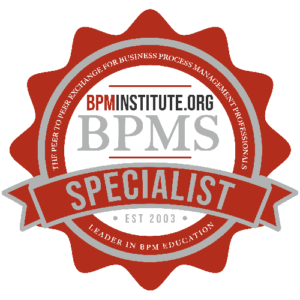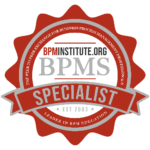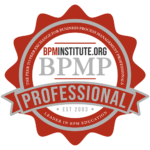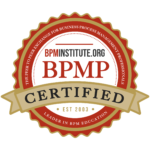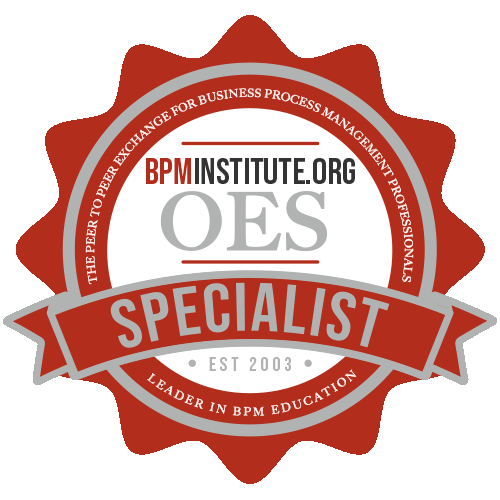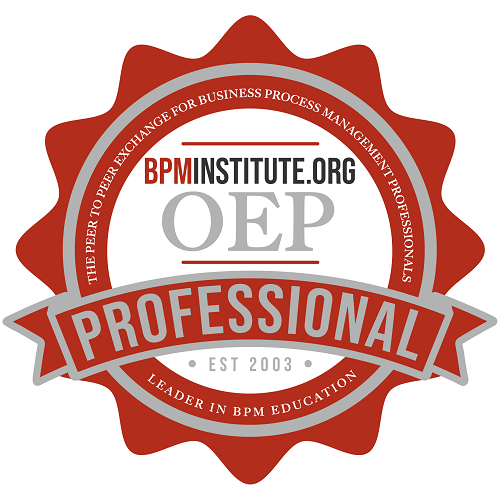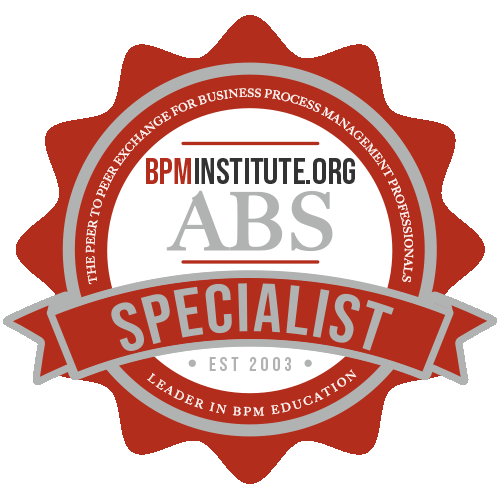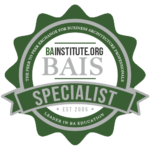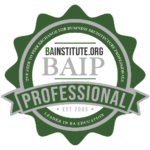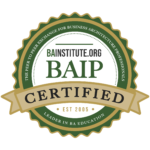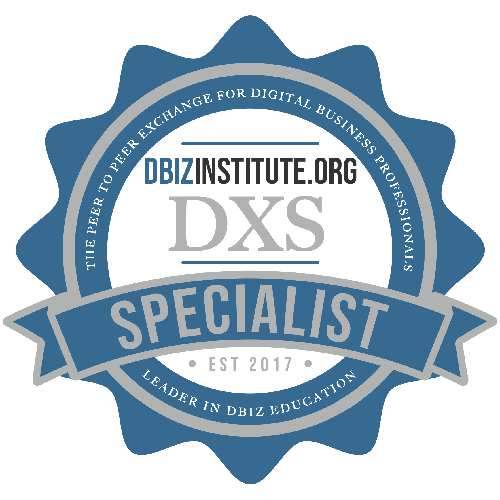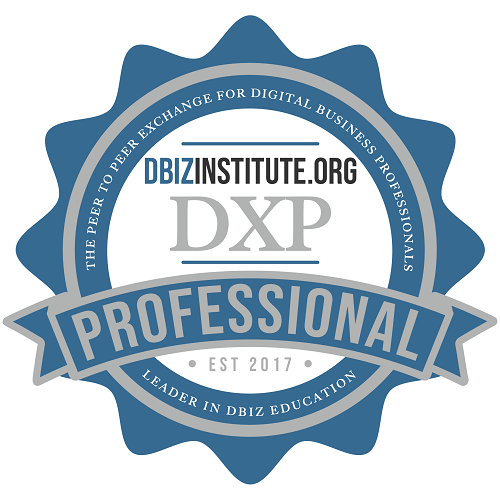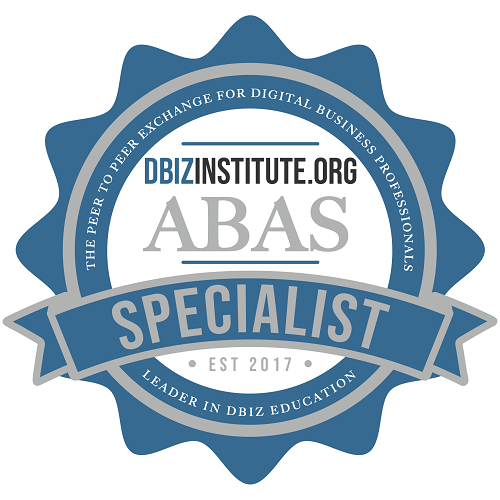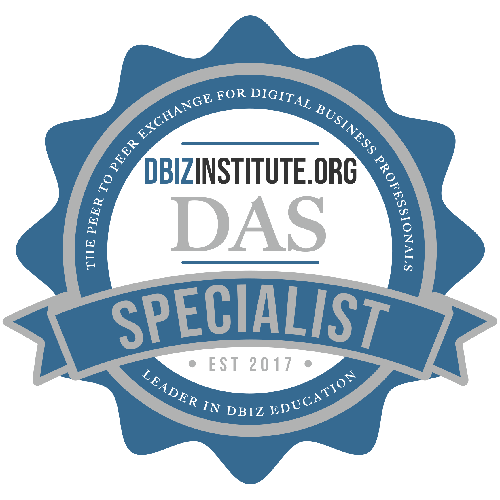Home / Resources
Resources
Discover a Wealth of BPM Knowledge and Expertise at BPMInstitute.org!
How to Combine Lean Six Sigma, SOA & BPM To Deliver Real Business Results
Lean Six Sigma (LSS) produces real results in difficult economic times by uncovering process waste, reducing non-value adding activity, and increasing productivity. Business process management (BPM) and service-oriented architectures (SOAs) combine with LSS to accelerate improvements and results. At the same time, this combination increases organizational flexibility and technology-enabled responsiveness, key to positioning the company for growth as the economy improves.
Lean Six Sigma (LSS) produces real results in difficult economic times by uncovering process waste, reducing non-value adding activity, and increasing productivity. Business process management (BPM) and service-oriented architectures (SOAs) combine with LSS to accelerate improvements and results. At the same time, this combination increases organizational flexibility and technology-enabled responsiveness, key to positioning the company for growth as the economy improves.

Converging Business Architecture (BA) Approaches
Business Architecture approaches and methods are improving, becoming more formal and standardized as evidenced by the Business Architecture Working Group (BAWG)(1) under the auspices of the Object Management Group (OMG). As with any developing approach or method, a variety of ideas, techniques, terms, expressions and definitions, some old and some new, will emerge. This is most assuredly true for the Business Architecture (BA), as well!
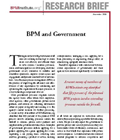
Research Brief: BPM and Government
This Research Brief highlights a selection of the findings from BPMInstitute.org’s State of BPMSM survey. It reviews the challenges associated with automating government processes such as correspondence tracking, case management, project management and permit applications that involve integration with a variety of information systems. Many government business transformation initiatives involve replacing a manual, paper-based process with an automated, electronic document-based one. The Research Brief reviews the best practices associated with this business transformation.

Leaning Your Organization – Does that Mean Cutting Jobs?
Lean is not about cutting jobs to the bone. Rather it is about getting your operation “svelte and fit”, doing more with less, being in the ‘flow’ zone and delivering what the customer values.
Lean is a term coined by James Womack and Daniel Jones in their book Lean Thinking: Banish Waste and Create Wealth in Your Corporation. Lean is the term they gave to the principles they observed at Toyota. These principles enabled employees to eliminate wastes, minimize variation through standardization, and increase value in the eyes of the customer.

Decisions and Complex Event Processing
Complex event processing (CEP) continually evolves as a technology to help organizations react to various business conditions such as threats and market opportunities. CEP technologies excel at taking raw, voluminous amounts of event data, accumulating it, correlating it and aggregating it in forms that facilitate critical decision-making.

Business Architect, Process Architect, Enterprise Technology Architect
What is going on?
The business transformation industry is growing and starting to stratify. Many corporate managers have now recognized the enormity of what must be dealt with and are starting to look at grouping practitioners by specialized skills and capabilities.
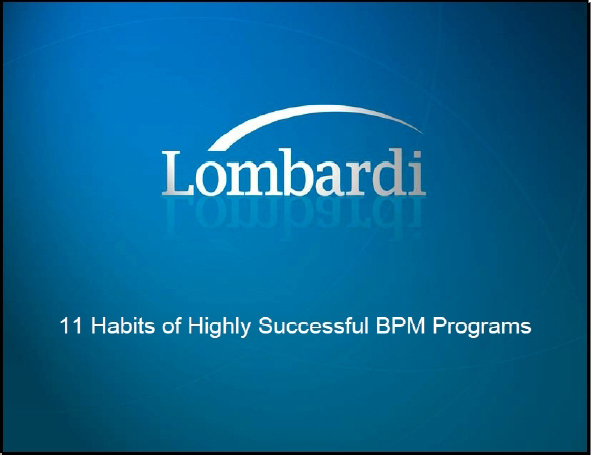
11 Habits for Highly Successful BPM Programs
The culture of an organization is a collection of habits, and habits have a powerful effect in business performance. Driving long-term business benefit and success with Business Process Management (BPM) often times requires companies to develop new and maintain existing habits.
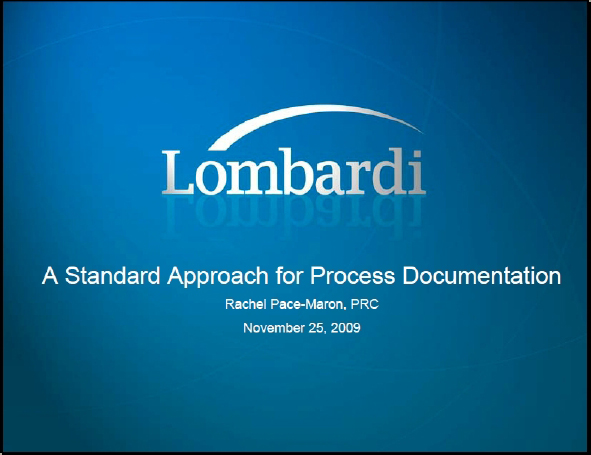
Interactive Q&A – A Standard Approach for Process Documentation
Every year, CIO’s and COO’s rank “Improve Business Processes” as a top priority for their organizations. So why aren’t more organizations diving in, documenting their processes and driving improvement? In short, because it’s hard. Most companies don’t have a standard approach for process definition and documentation. Rachel Pace-Maron, Director of Operations Support Service at PRC, was asked to document, standardize and communicate all of her company’s processes to help improve business processes across 15 domestic and 5 international call centers.
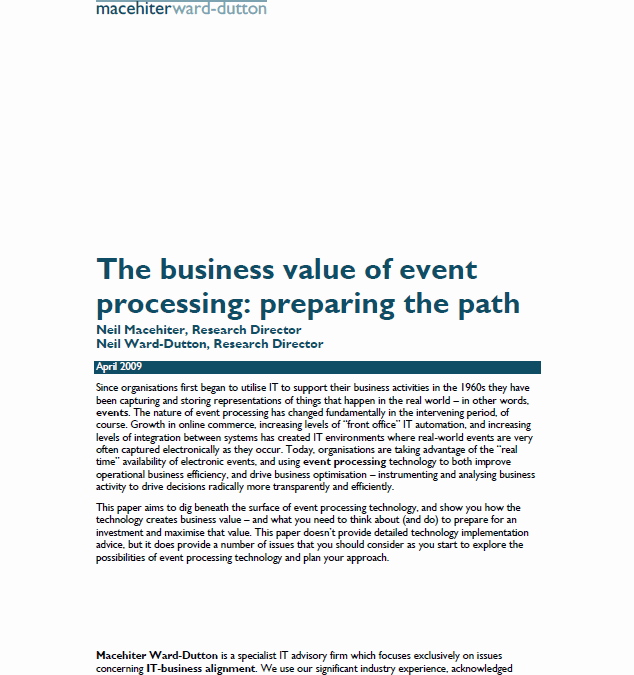
The business value of event processing: preparing the path
Today, organizations are taking advantage of the “real time” availability of electronic events, and using event processing technology to both improve operational business efficiency, and drive business optimization – instrumenting and analyzing business activity to drive decisions radically more transparently and efficiently.
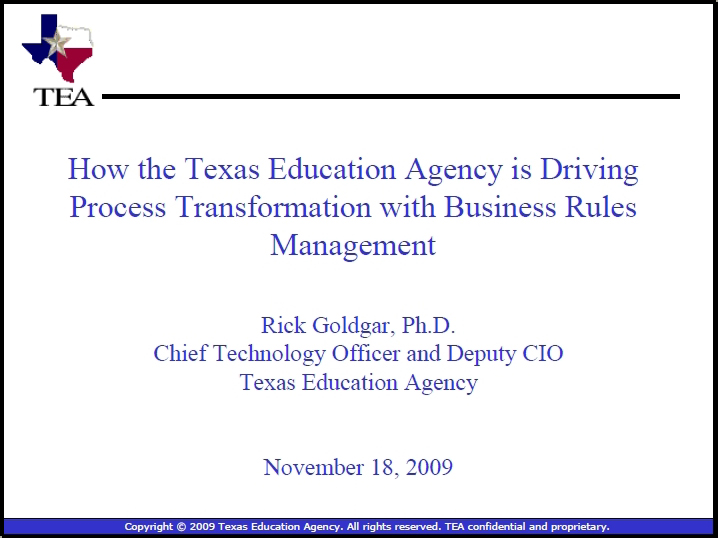
How the Texas Education Agency is Driving Process Transformation with Business Rules Management
The Texas Education Agency (TEA) is responsible for providing leadership, guidance and resources to help schools meet the educational needs of all students.
Today the agency is driving process transformation by enabling business area subject matter experts to manage and maintain business rules within their processes. By enabling business users to manage rules, changes and modifications can be made rapidly whether it’s for new departmental policies or new education legislation.

It’s Time: Ditch your Business Rules
Larry was at the headquarters of one of the largest industrial organizations in the U.S. and his task, on behalf of a business rules technology vendor, was to understand why this client had decided to replace his client’s technology with a package. The decision could not have been taken lightly – this was a custom built order processing system, a huge system by any measure. It had been built but ten years previously at a cost that ran into eight figures. By the vendor’s count it contained over 20,000 rules.
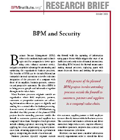
Research Brief: BPM and Security
This Research Brief highlights a selection of the findings from BPMInstitute.org’s State of BPMSM survey. It reviews the security challenges associated with automating processes that involve sensitive and company-confidential documents and protecting the intellectual property of digital assets involved in business processes.

Achieving Organization Agility Using Decision Management
In today’s marketplace it is imperative that companies are creative about how they manage and evolve their business processes. Achieving agility is a critical organization driver for organizations eager to reduce time to market, foster innovation, and tackle complexity. Business rules help automate the decisions essential to the organization’s business processes – reducing manual steps, delays, and opportunities for errors. Decision management is the business discipline that best leverages business rules and puts analytics and optimization to work in every transaction.

Systems Engineering for the Process Age – Creating systems to adapt to agile business
In the previous article “Process-oriented Systems Paradigm for the Process Age”, I discussed the concepts that will shape process-oriented systems in the Process Age. In this article I will discuss how these concepts influence the development of systems. Some of the terms used here have been described in the previous article.
-o00o-

Enterprise Change Equations
1. Approaches to ECE.
The change of such a complex system as Enterprise has to be considered at least from three perspectives:
- The philosophical equation of inevitable change.
- The business equation of embracing vs. ignoring change
- The human equation of Enterprise change success.

Three Continuing Barriers to Cloud Application Development
In talking with customers and prospects over the last few months, three themes that seem to be barriers to Cloud application development have repeatedly emerged. The first is that of Cloud security, the second Cloud performance and the third Cloud technology requirements.

Guerrilla SOA
About 15 years ago I came across ‘The Guerrilla Marketing Handbook’ by Jay Conrad Levinson. The concept was to create branding and lead generation through unconventional and small scale activities and events that could have as much impact as a large seven figure advertising campaign. Unfortunately, a lot of people took this as an excuse to commission irritating and humourless “viral” internet campaigns churned out by clueless marketing agencies. However, the concept of getting maximum results from minimum resources has stuck with me.

The Business Process Management DNA, a need for the “big picture”
A DNA carries the biological instructions that define, compose and create unique species. Molecules come together in a unique combination to form a “code” that defines a cell’s characteristics in an organism, and shape what the cell in intended to do. This article is not about genetic engineering, nor is it about medicine. However, it is about trying to lay out the DNA roadmap for what Business Process Management (BPM) should encompass in an organization.
Combining Cloud, SOA, BPM and Rules to Create Break-Through Solutions
Cloud computing is a style of computing in which dynamically scalable and often virtualized resources are provided as a hosted service over the Internet i.e. ‘the cloud’. The goal of cloud computing is to provide easy, scalable access to computing resources and IT services.
Enterprises large and small are drawn by the advantages of cloud, resulting in very low barriers to entry and exit and high agility.
Cloud computing is a style of computing in which dynamically scalable and often virtualized resources are provided as a hosted service over the Internet i.e. ‘the cloud’. The goal of cloud computing is to provide easy, scalable access to computing resources and IT services.
Management Strategies for SOA
Management Strategies for SOA
The SOA consortium has been running an annual contest for the best SOA Case Studies. Last year I attended the event and summarized the common characteristics of successful SOA implementations. This year’s winners shared the same characteristics:
1. Strong executive level commitment2. Educate the business of the value of SOA3. Establish a Center of Excellence4. Well defined business services5. Completeness of services6. Sound quality assurance7. ROI realized over time
